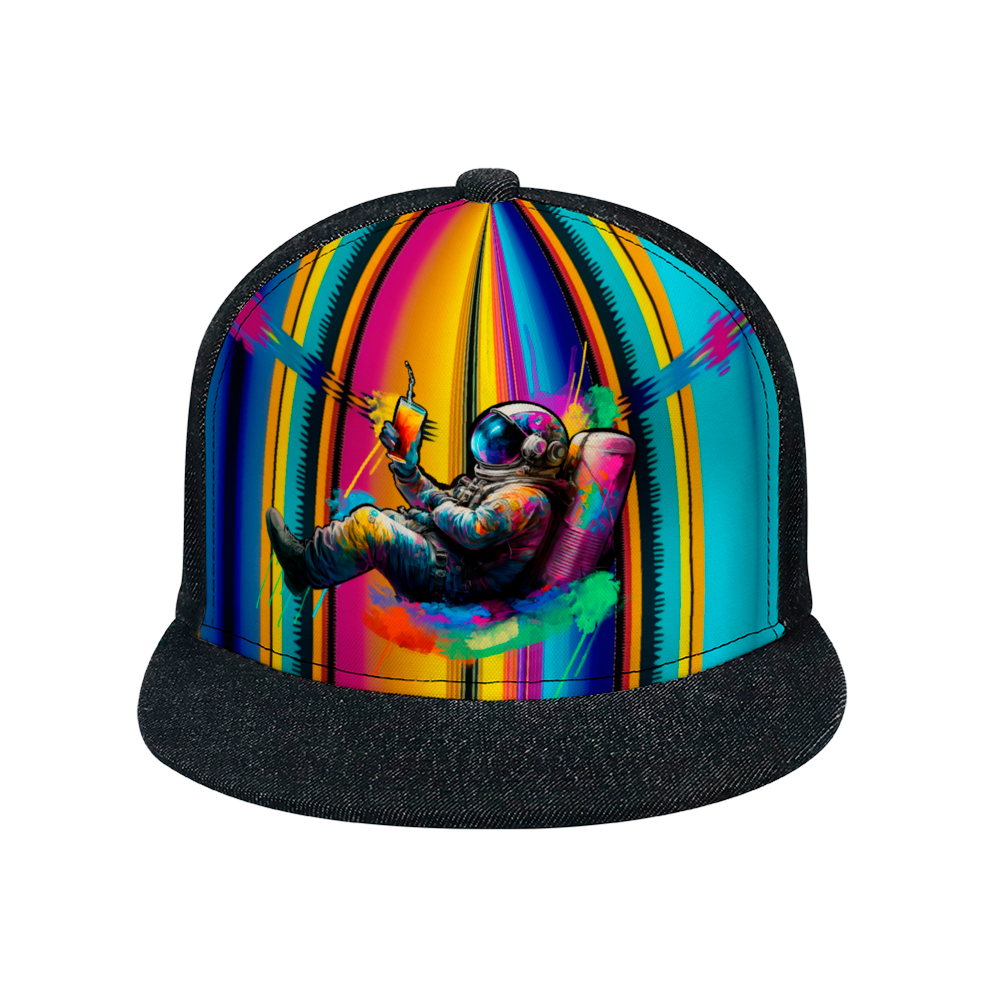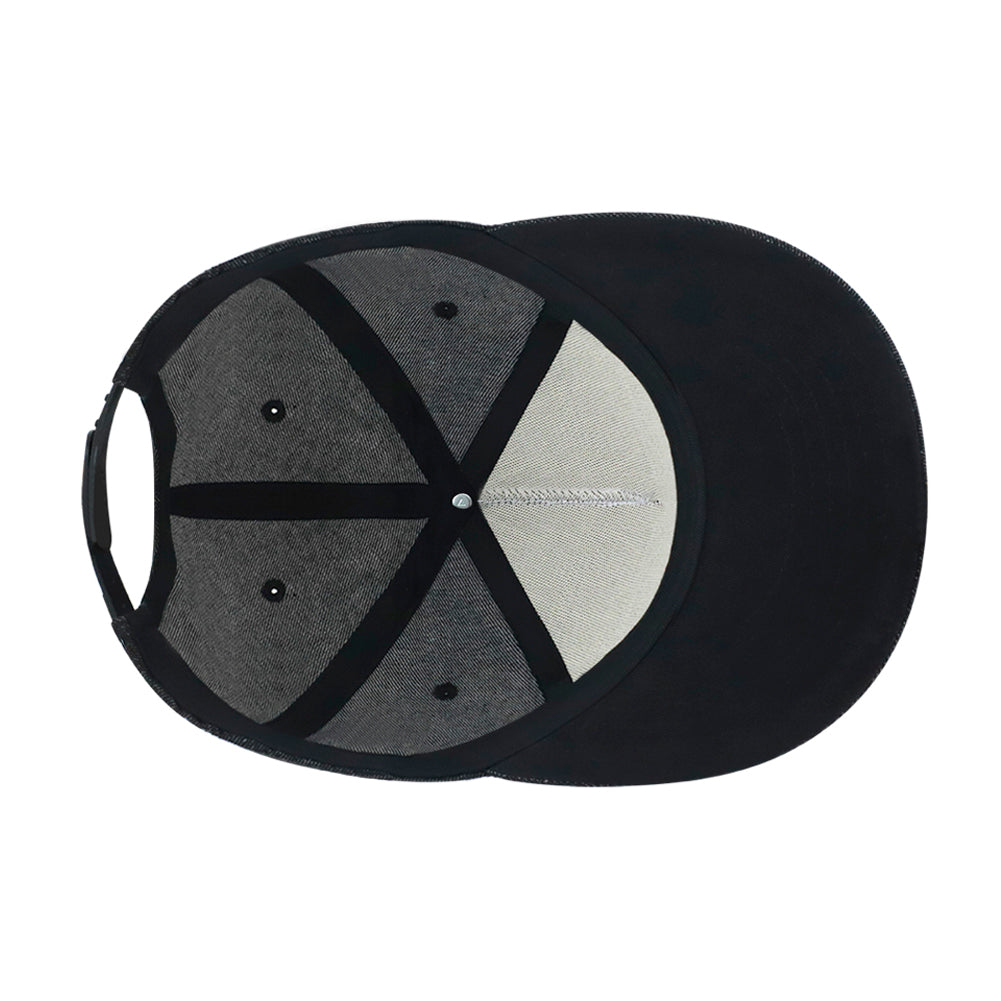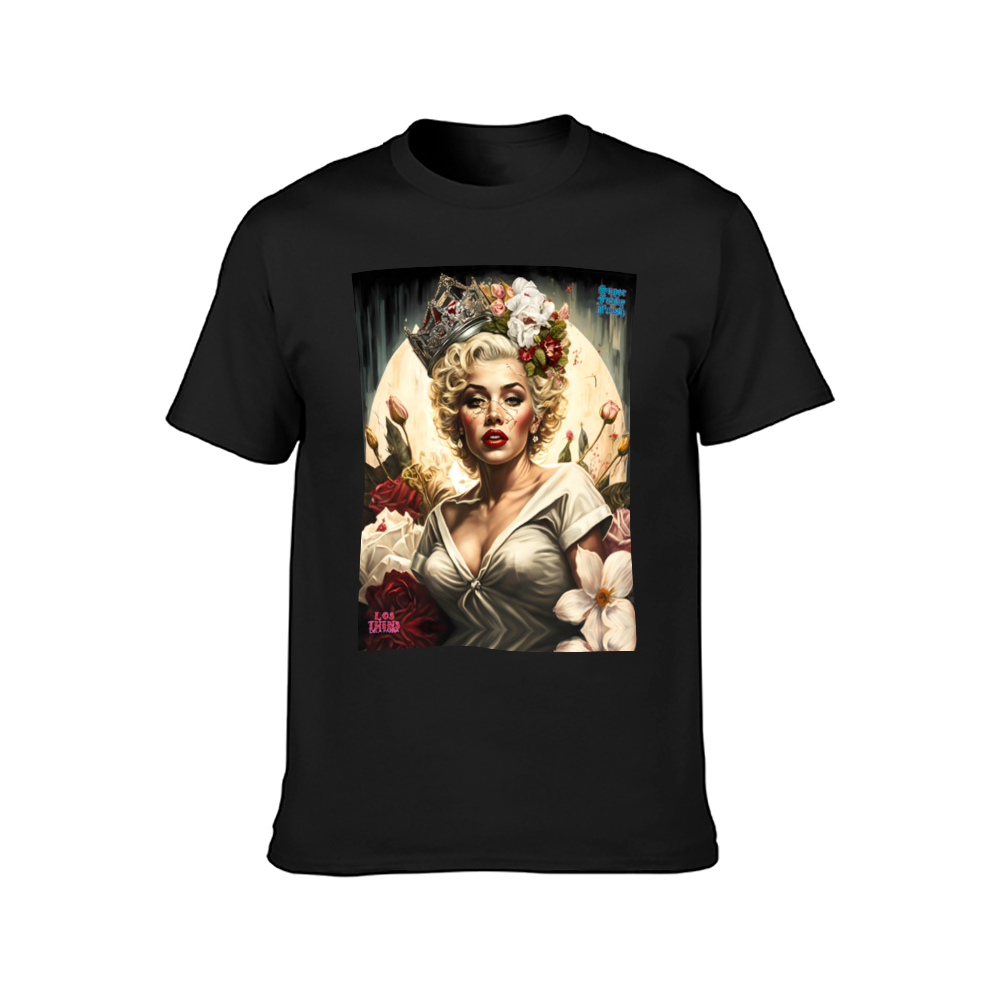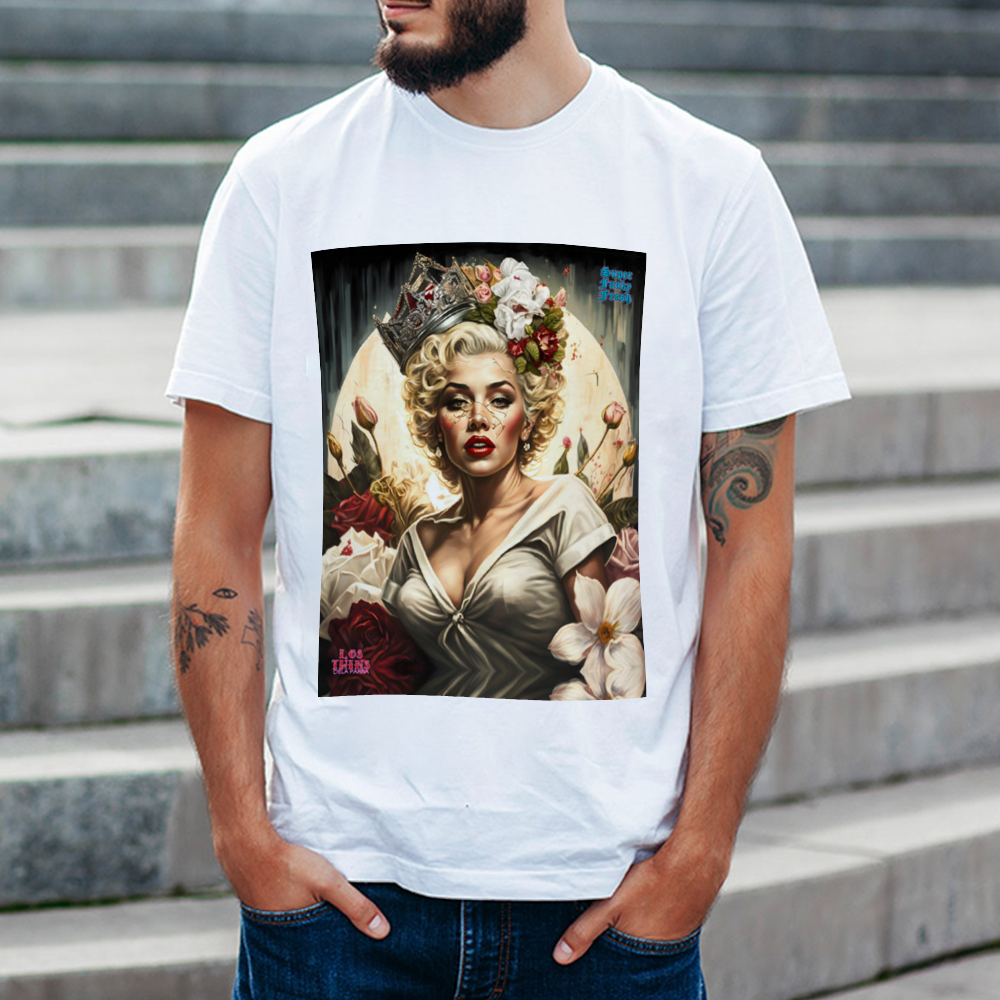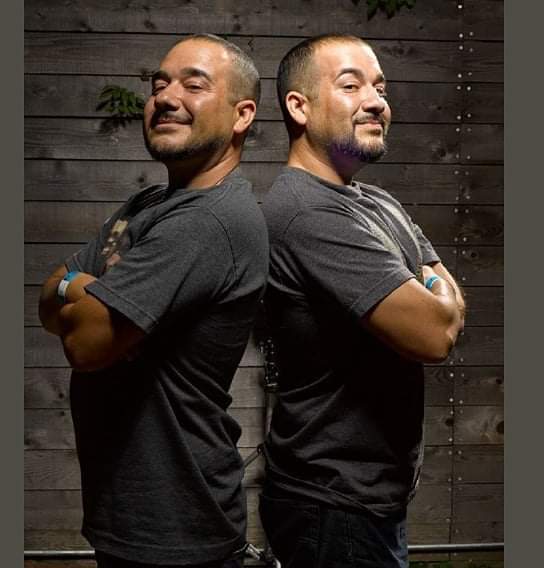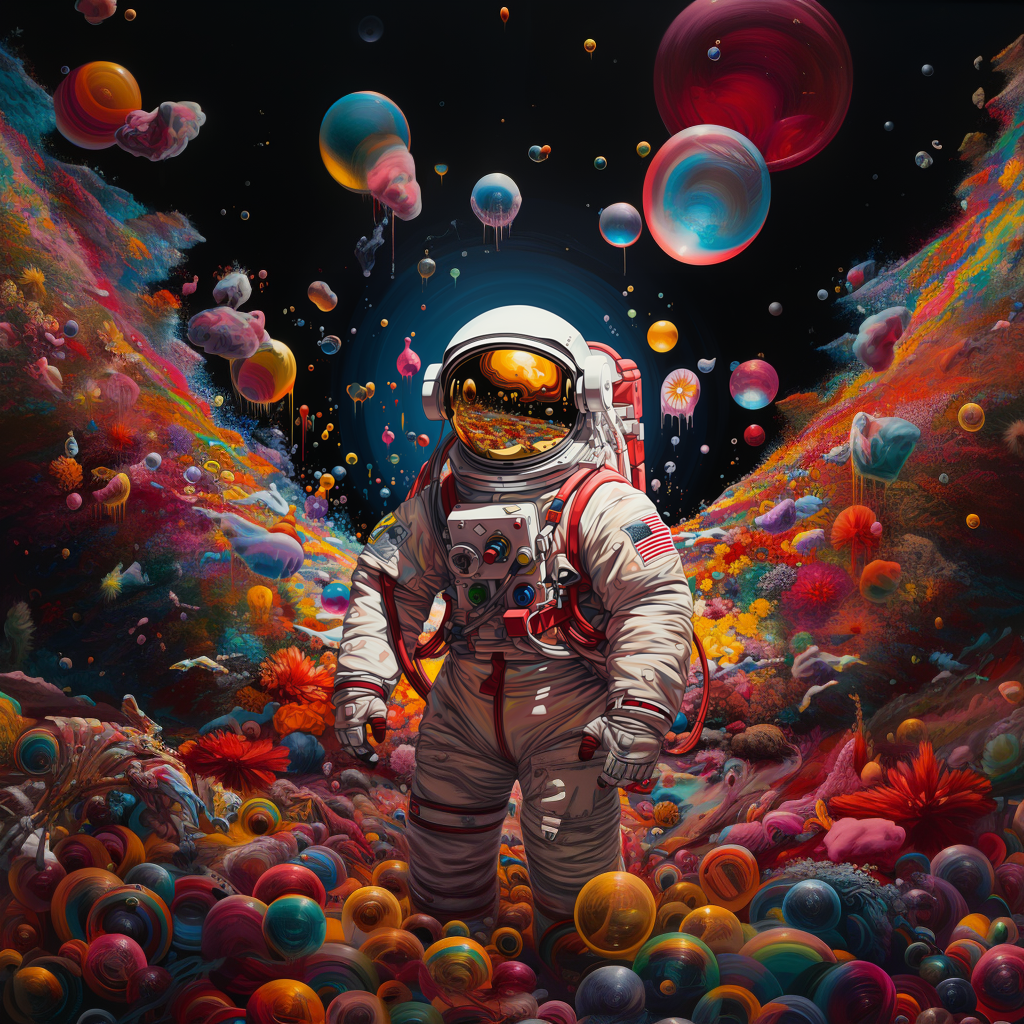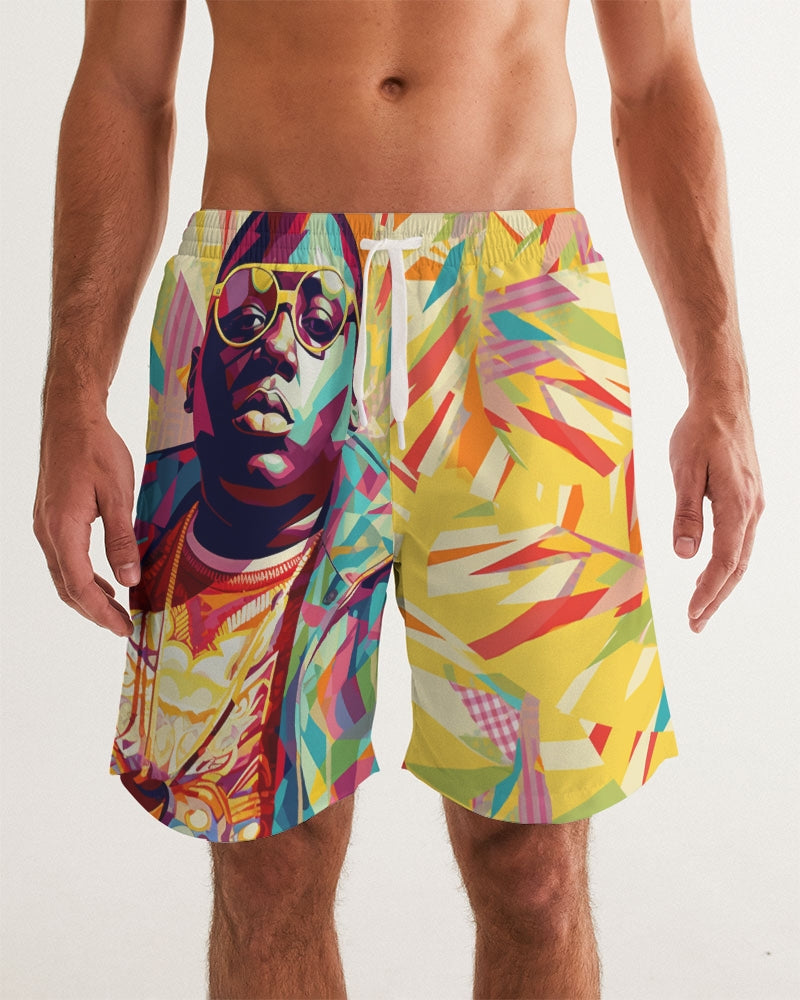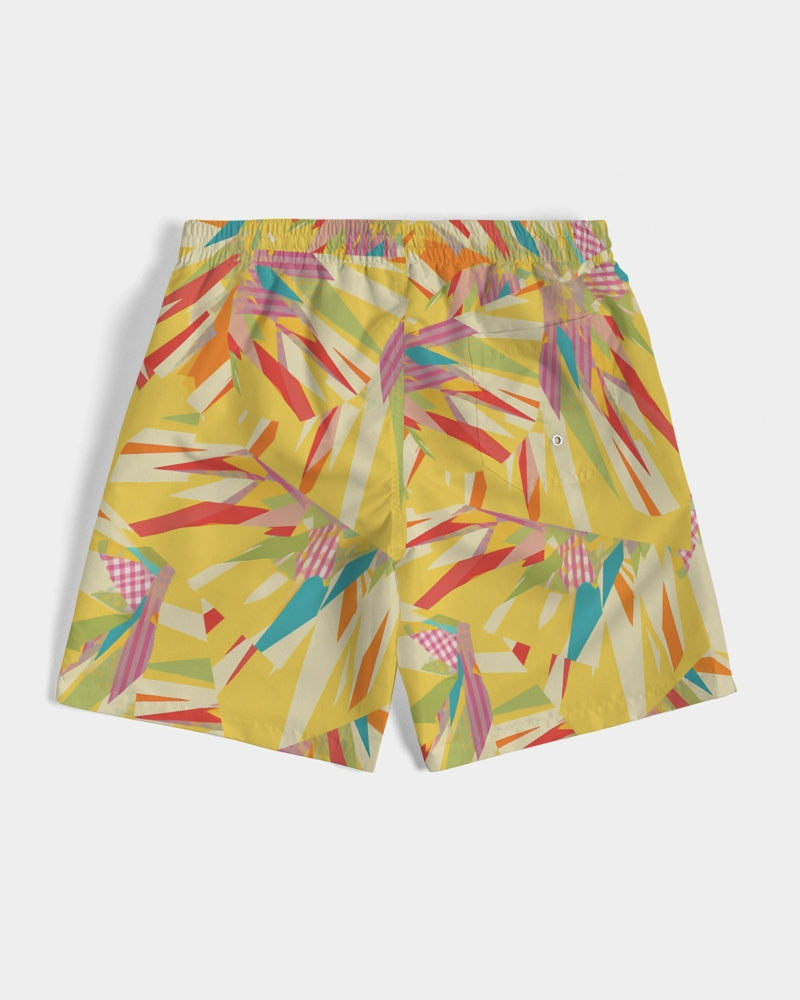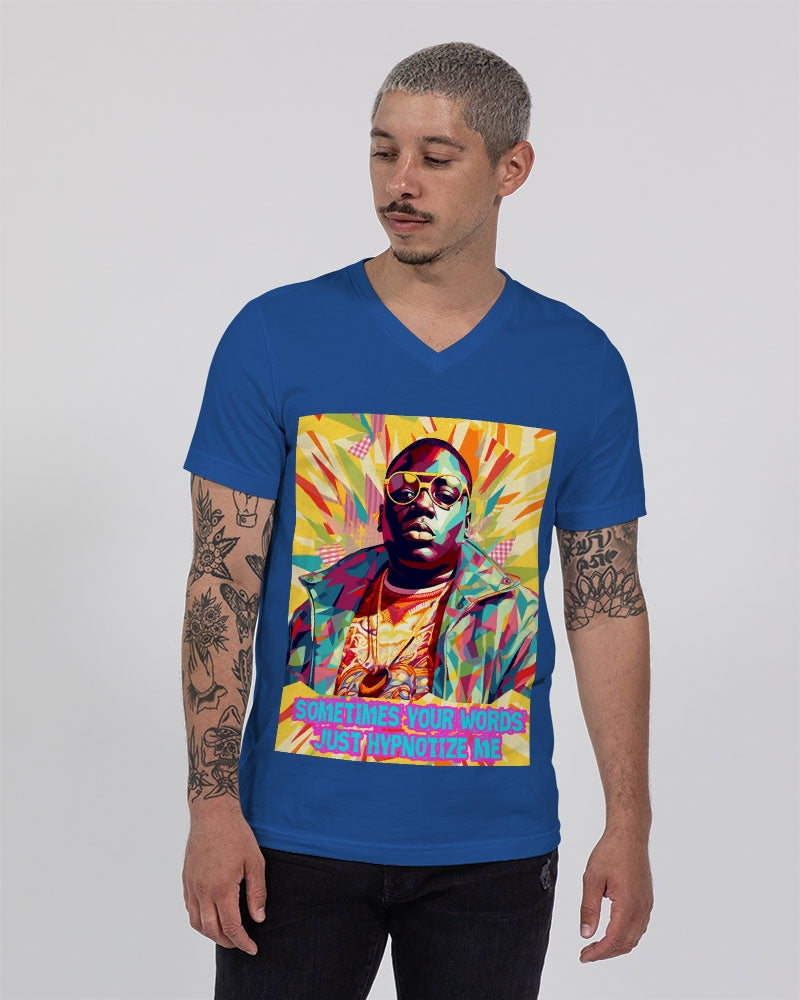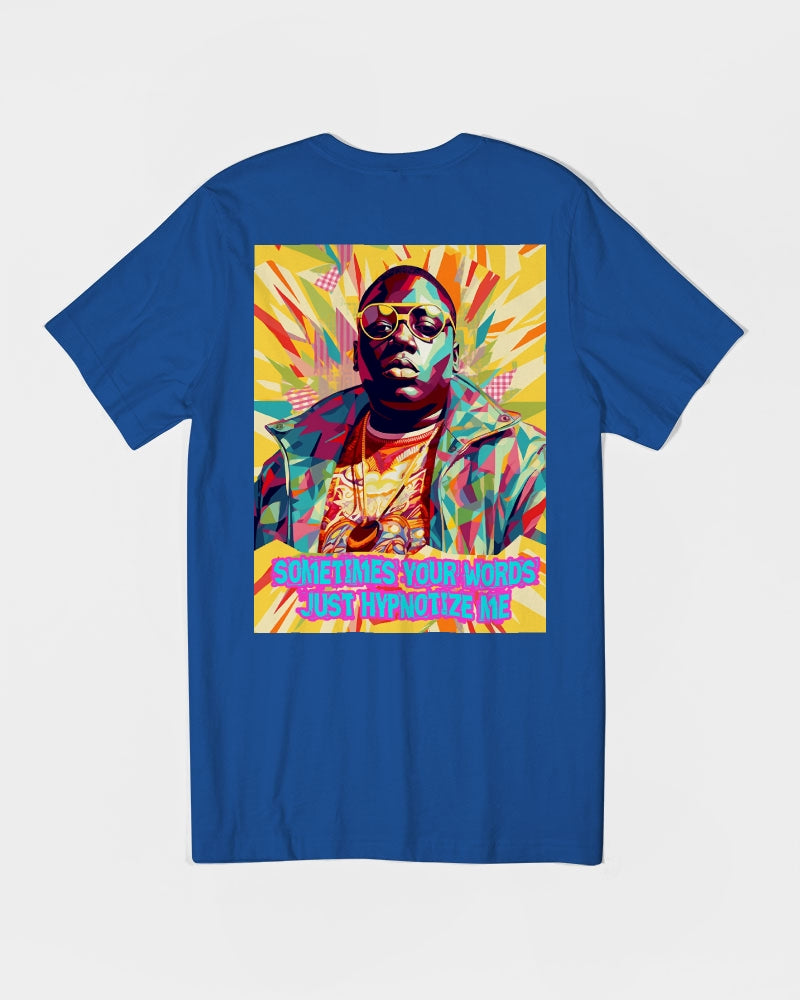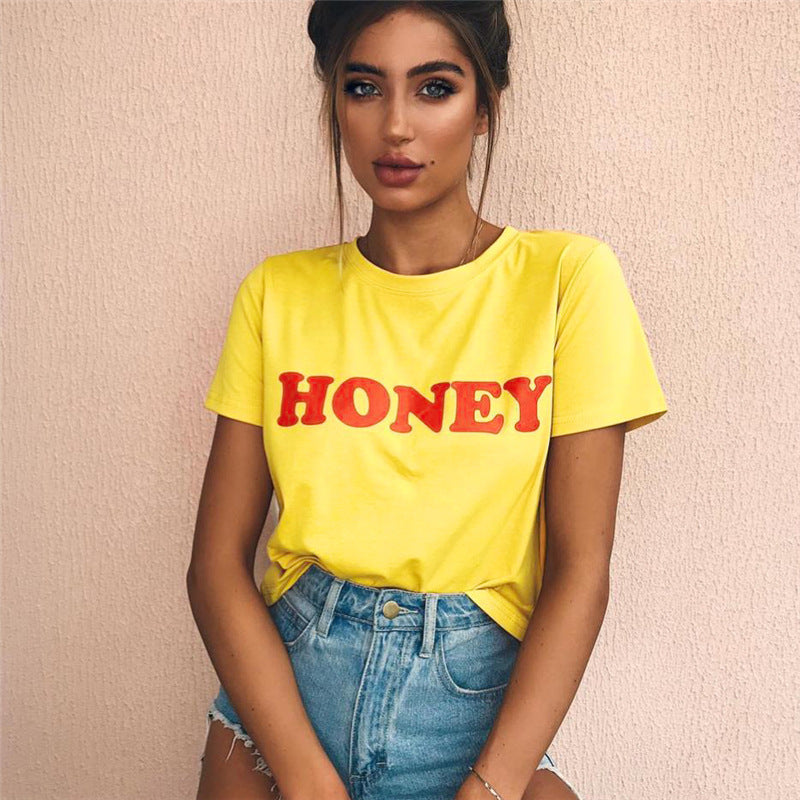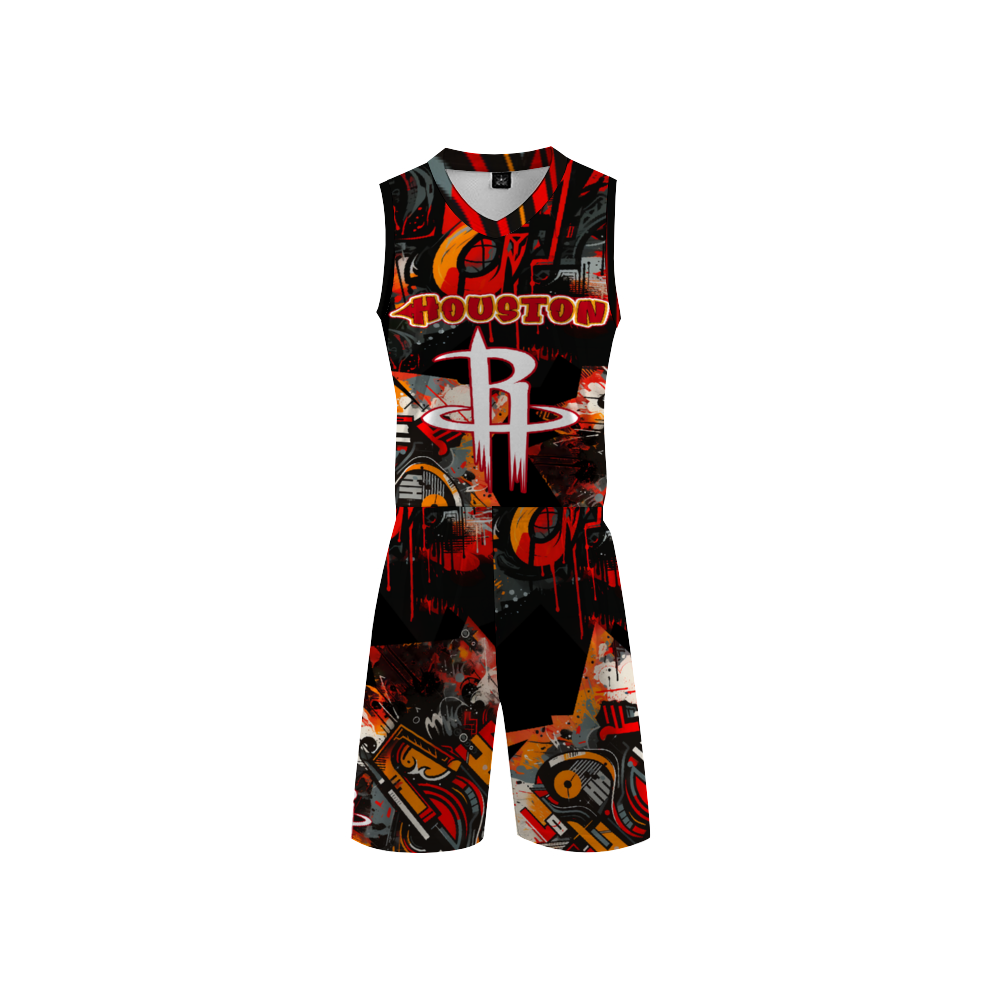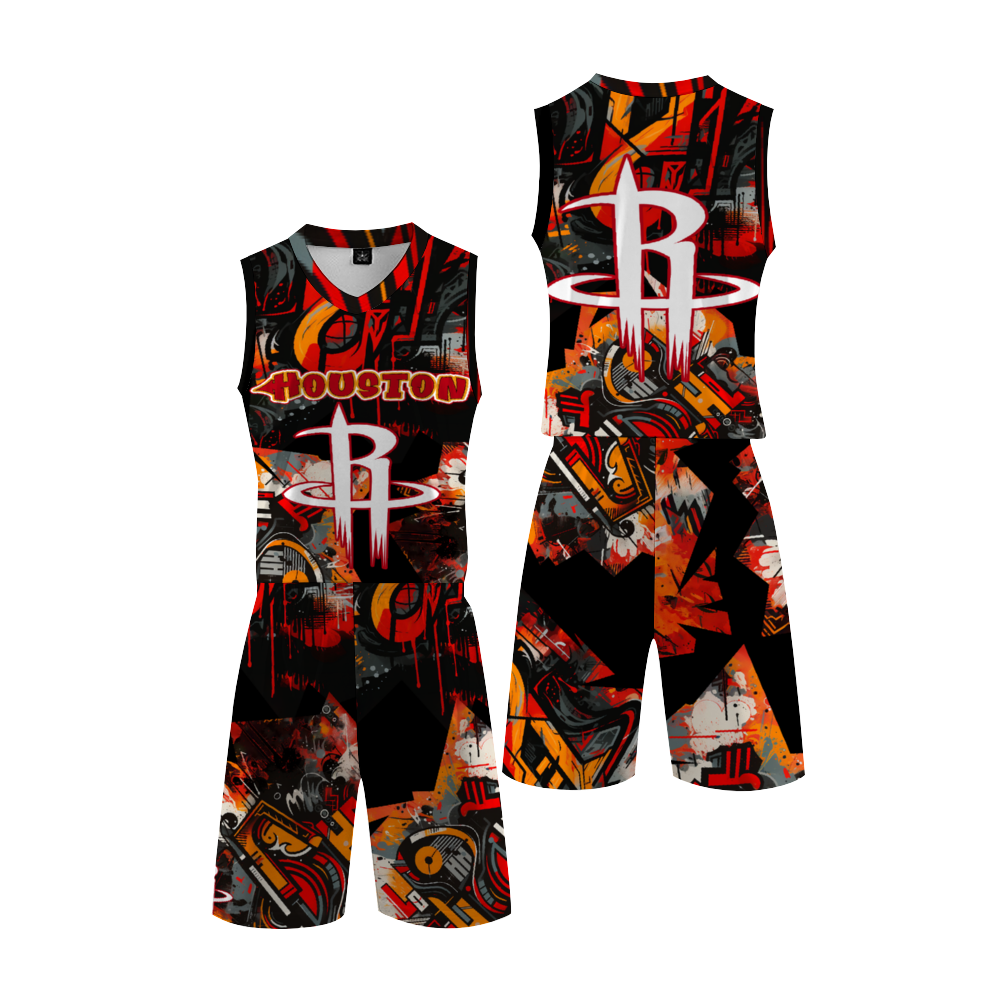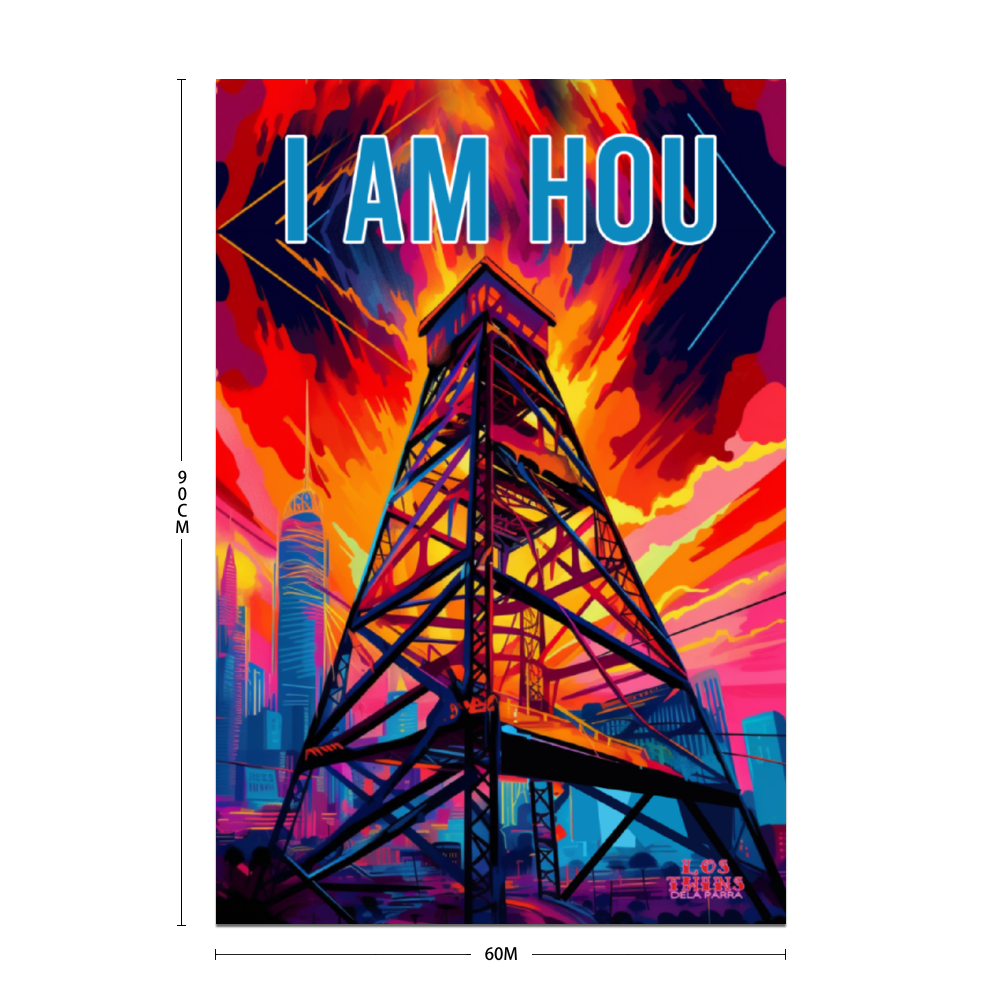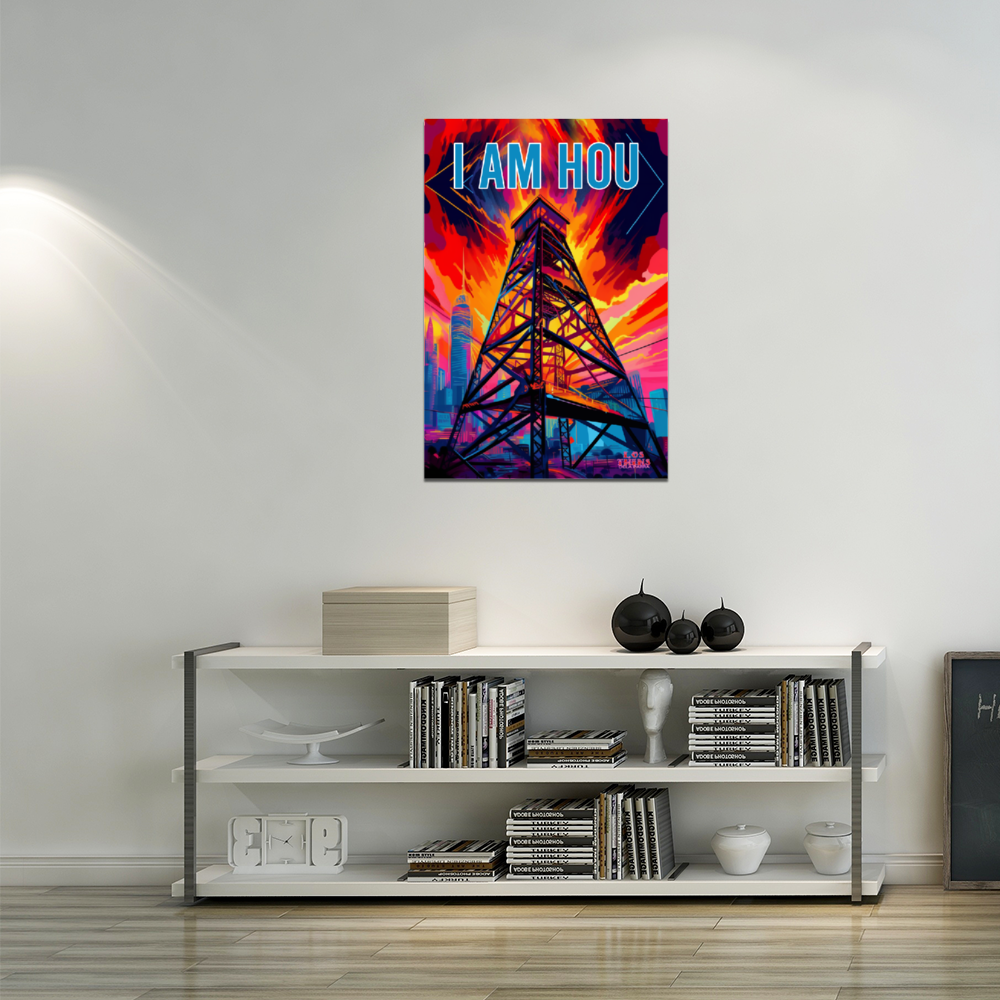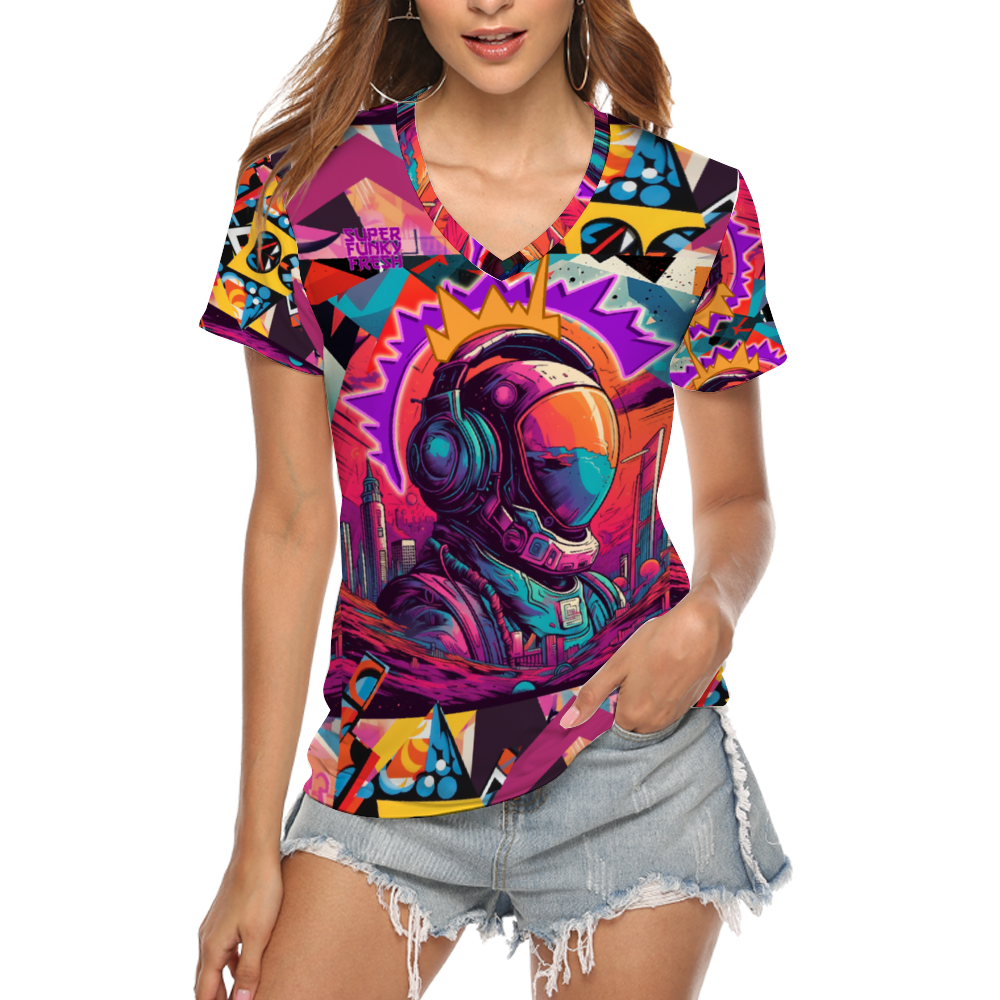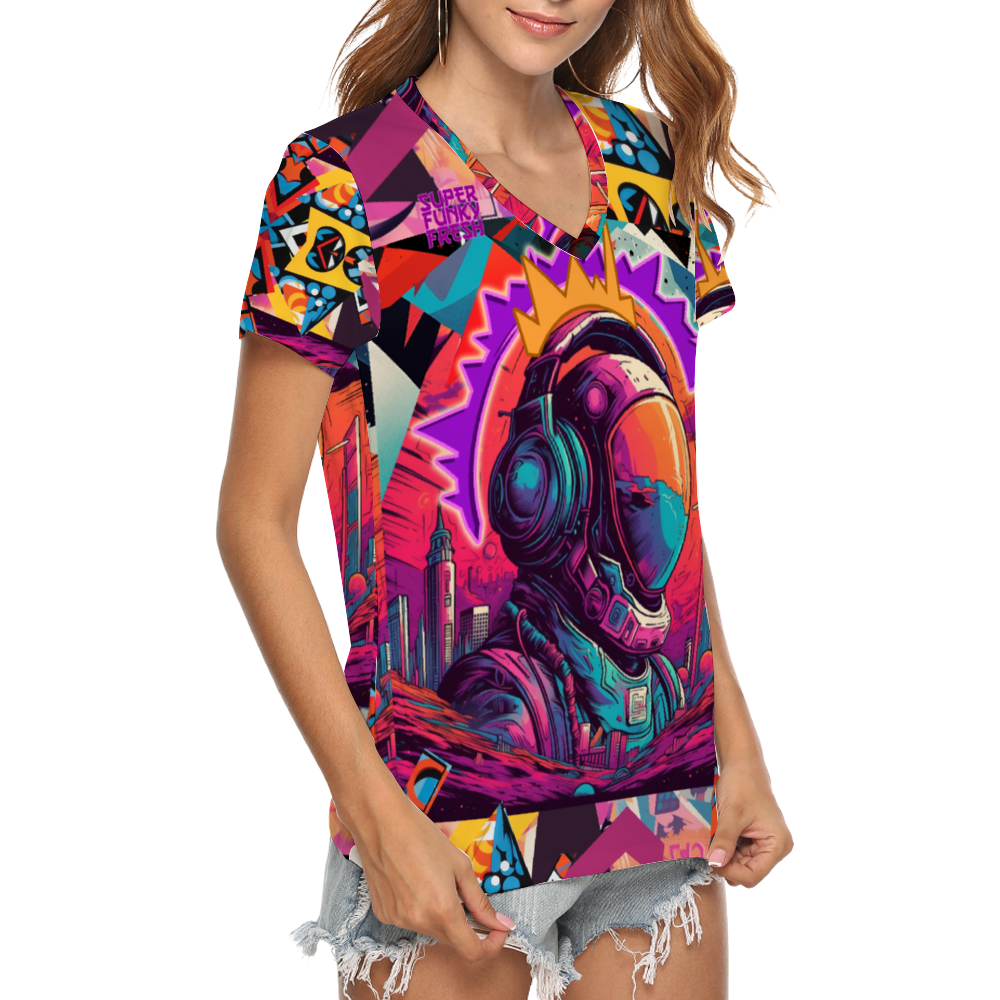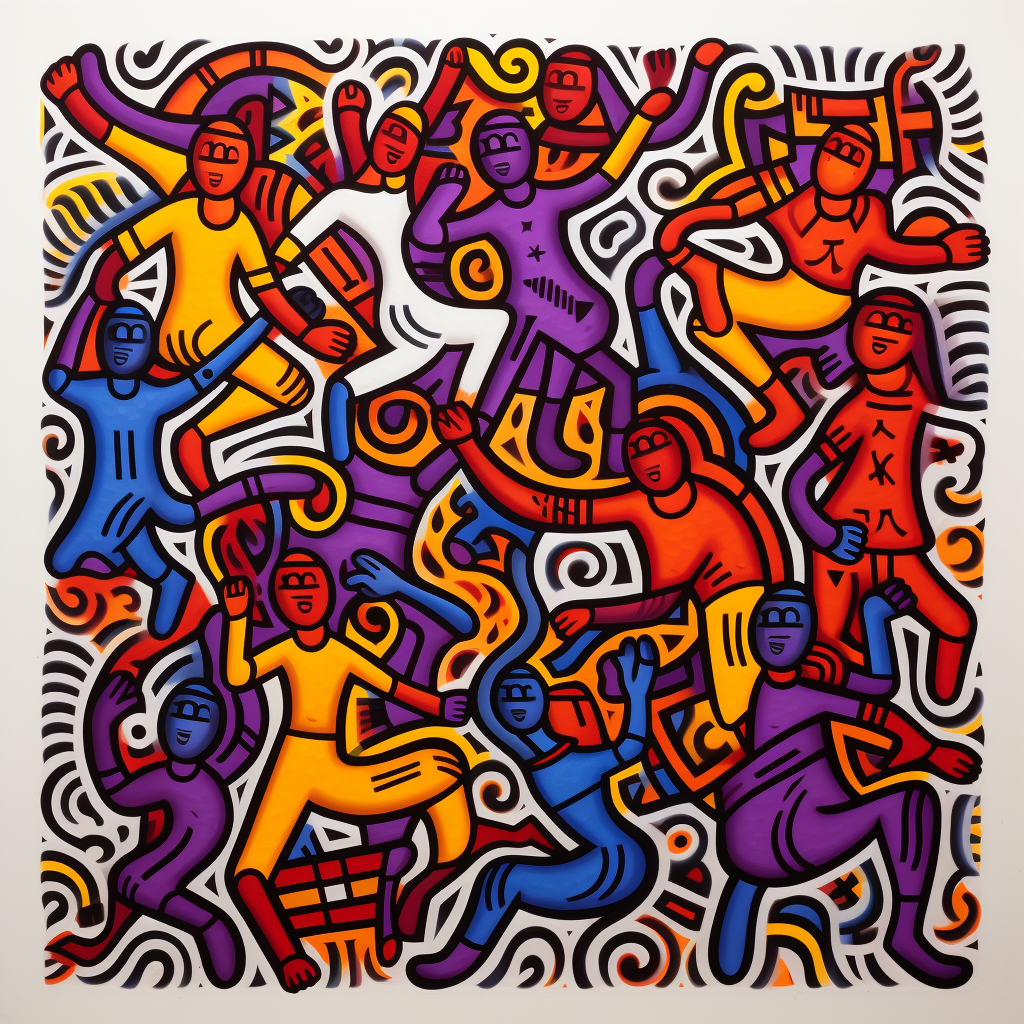
Exploring the Evolution of Graffiti Artists in Modern Pop Culture

By Arturo DeLa Parra
Published on 08.17.2023
Graffiti art, once considered a form of underground rebellion, has evolved into a dynamic and influential component of modern pop culture. In this exploration, we delve into the lives and works of five prominent graffiti artists who have left an indelible mark on the art world, captivating audiences with their innovative styles and thought-provoking messages.
Banksy: The Enigma of Urban Commentary
At the forefront of contemporary graffiti art stands Banksy, an elusive figure whose works blur the line between satire and activism. With a signature stencil technique, Banksy's art graces walls worldwide, provoking dialogue on social and political matters. The famed "Girl with a Balloon" and "The Flower Thrower" exemplify his dichotomy of innocence and rebellion. Influenced by street culture and punk rock, Banksy's impact extends to artists like Shepard Fairey and Blek le Rat, whose own stencil graffiti journeys echo his influence.
Banksy's artistic voice is not just about aesthetics; it's a powerful tool for sparking discourse on pressing social and political issues. His canvas? The very streets that make up our urban landscapes. Employing a signature stencil technique, Banksy crafts meticulously detailed artworks that fuse the playful with the profound. Each piece is an invitation to question the world around us, to challenge norms, and to consider the underlying stories woven into our societies.

Two of his most emblematic works, "Girl with a Balloon" and "The Flower Thrower," encapsulate Banksy's unique dichotomy of innocence and rebellion. "Girl with a Balloon," a poignant representation of innocence lost, has become an iconic symbol of hope, love, and the transient nature of existence. In contrast, "The Flower Thrower" presents a figure poised to hurl a bouquet of flowers as an act of peaceful protest—a juxtaposition that resonates with his core themes of contradiction and duality.
Jean-Michel Basquiat: A Fusion of Street and Studio
A luminary of the 1980s New York art scene, Jean-Michel Basquiat bridges the worlds of graffiti and fine art. Drawing inspiration from street culture, his works feature bold text and imagery, tackling race, identity, and societal concerns. "Untitled" and "Boy and Dog in a Johnnypump" showcase his unapologetically raw style. Basquiat's collaborations with Keith Haring and his influences from music and urban life continue to resonate in the works of Keith Haring and Futura 2000.

Drawing inspiration from the pulse of street life, Basquiat's canvases pulse with bold text and striking imagery. His art becomes a mirror reflecting the city's heartbeat, capturing the energy, chaos, and diversity of the urban landscape. This visceral connection to street culture is evident in works like "Untitled" and "Boy and Dog in a Johnnypump," where vibrant colors and frenetic brushstrokes coalesce to communicate themes of race, identity, and societal discord.
Basquiat's unfiltered approach tackles critical issues head-on, offering a glimpse into the complexities of his own experiences and those of his community. His art is a conduit through which the viewer is invited to confront uncomfortable truths and engage in conversations that challenge the status quo. His ability to fuse the rawness of the street with the depth of the studio created a unique aesthetic language that resonates deeply across boundaries.
Shepard Fairey: Propaganda for Change
Shepard Fairey, a trailblazer in propagandistic street art, gained international recognition through his iconic "Hope" poster for the 2008 Obama campaign. Fairey's fusion of graphic design and political commentary is evident in his "Obey Giant" campaign and "Andre the Giant Has a Posse" stickers. He draws inspiration from punk rock and skateboarding, fostering a movement echoed by artists like Invader and D*Face, who imbue urban aesthetics with thought-provoking messages.
Fairey's approach to art is akin to that of a modern propagandist, wielding visual language to inspire change and challenge conventions. The "Hope" poster, with its bold palette and stylized depiction of Obama, transcended mere campaign material, metamorphosing into an emblem of aspiration and unity. This poster resonated deeply with the masses, illustrating the power of art to galvanize communities and ignite hope.

Yet, Fairey's influence extends beyond the realm of politics. The "Obey Giant" campaign, marked by the iconic image of wrestler André the Giant, has become a symbol of counter-cultural rebellion. The campaign's exploration of conformity and dissent aligns seamlessly with Fairey's ethos of challenging the status quo. The "Obey" imagery, though seemingly simple, harbors layers of complexity, urging viewers to question authority and engage in critical self-reflection.
Rooted in the subcultures of punk rock and skateboarding, Fairey's art is an embodiment of the rebellion inherent in these movements. The visual language he employs, drawing inspiration from these spheres, exudes a raw energy that speaks directly to the disenchanted and those seeking change. His influence has cultivated a movement that reverberates across the urban art landscape, inspiring artists to infuse their creations with sociopolitical resonance.
RETNA: Scripting Cultural Dialogues
Marquis Lewis, known as RETNA, elevates graffiti into a form of intricate calligraffiti. Drawing on diverse cultural scripts, his art is a tapestry of symbols and text, transcending linguistic boundaries. "Silver Lining" and "Impossible Nothing" exemplify his intricate style, influenced by languages, symbols, and ethnic patterns. RETNA's work finds kindred spirits in artists like José Parlá and El Seed, who redefine graffiti by merging script and culture.

One of RETNA's most remarkable features is his ability to pull inspiration from an array of languages, symbols, and ethnic patterns. This kaleidoscopic approach results in artworks that are not only visually captivating but also deeply resonant with cultural memory. His work is an homage to the unspoken languages that connect humanity, revealing the stories and emotions that transcend linguistic barriers.
Comparable artists to RETNA include José Parlá, whose abstract calligraphy straddles the boundary between graffiti and fine art. Just as RETNA's script-like motifs challenge the conventional perception of text, Parlá's work is a dance between chaos and order, blurring the lines between legibility and abstraction. Additionally, El Seed, a Tunisian artist, creates large-scale calligraffiti pieces that encompass entire buildings, transforming urban landscapes into canvases of cultural harmony.
RETNA's legacy lies not only in his unique fusion of text and symbolism but in his capacity to initiate conversations that transcend words. Through his art, he bridges the chasm between ancient scripts and modern aesthetics, inviting viewers to embark on a journey of discovery and connection. As urban landscapes continue to evolve, RETNA's vibrant compositions serve as a reminder that the stories etched into our collective history are alive and thriving in the vibrant strokes of contemporary calligraffiti.
D*Face: Pop Culture Remix
DFace, also known as Dean Stockton, reshapes street art by reimagining pop culture icons with wit and irony. His inventive works, such as "Liberace in Heaven" and "The Monarch," reimagine the familiar into the unexpected. Drawing inspiration from skateboarding and comic books, DFace's creations parallel those of Ron English and Swoon, who similarly weave cultural symbols into their artwork.
D*Face's works serve as a visual commentary on the cultural icons that shape our society. He takes the familiar—figures like superheroes, celebrities, and consumer products—and reimagines them in ways that subvert their conventional narratives. Pieces like "Liberace in Heaven" and "The Monarch" exemplify his unique approach, merging satire and humor to shed new light on established symbols.

One of D*Face's defining characteristics is his keen sense of satire, a tool he employs to highlight the absurdities and contradictions of modern life. With a playful wink, he takes iconic figures out of their comfort zones, casting them in unexpected scenarios that challenge the viewer's perceptions. His art is a dance between nostalgia and reinvention, a reflection of the ever-changing landscape of pop culture.
D*Face draws inspiration from a diverse range of sources, including skateboarding, comic books, and the vibrant energy of urban life. These influences infuse his art with a dynamic, unapologetic spirit that mirrors the rawness of the streets. His compositions are like visual snapshots of the world around him, captured in a moment of artistic brilliance.
Conclusion
The evolution of graffiti art from rebellious underground expression to mainstream pop culture influence is a testament to the power of artistic innovation. These five artists have harnessed the medium's potency to spark conversations, redefine norms, and challenge conventions, leaving their marks on walls, hearts, and minds alike. As they continue to push boundaries, their legacies illuminate the ever-evolving landscape of modern art.


